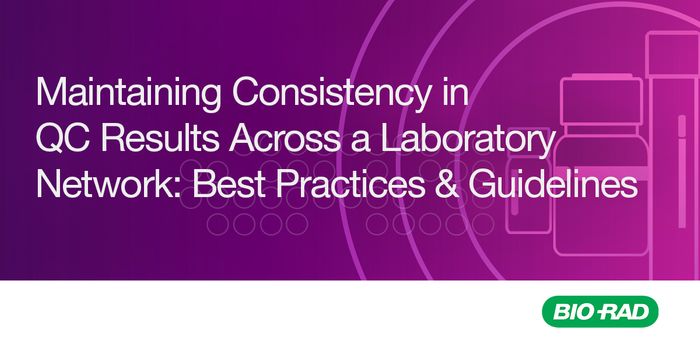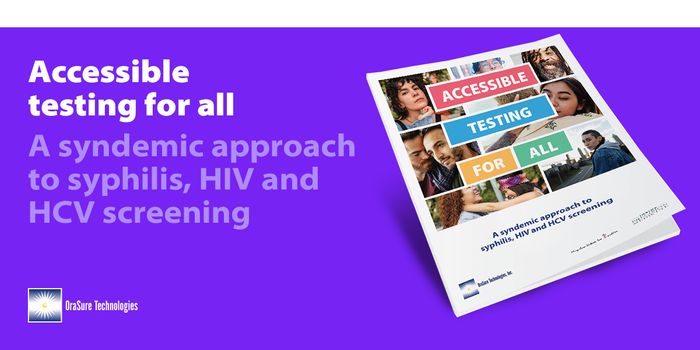A New Test for Peanut Allergy: Better, Faster, Cheaper.
Scientists from the Medical Research Council (MRC) in the UK have come up with a test to detect peanut allergies and it’s safer, quicker and more accurate than the testing protocol currently used by most doctors.
Right now, if a food allergy is suspected, a patient has an IgE blood test that will show the presence of the antibody Immunoglobulin E, which is an indicator that the body is fighting off an allergen. The mechanism of anaphylactic reactions is that the allergen, whether it’s peanuts or seafood or something else, sets the IgE antibodies into action. This is what causes the itching, hives, and swelling. IgE antibodies can cause the throat to close and airways to swell shut, so measuring them seems to make sense, but it’s not always accurate. If the results are questionable, then an oral food challenge (OFC) has to be done. An OFC is conducted in a hospital where increasing amounts of the suspected food allergen are given to the patient to see if a reaction occurs. It’s very accurate, but can be extremely dangerous.
Peanut allergies are very common in children. In the United States, one in 13 children has a peanut allergy. In the UK, where the new test was developed it’s about one in 55 children who have the life-threatening diagnosis. With the new test, researchers hope that more information will be learned about the difference between a food sensitivity and an allergy.
The test is known as a MAT, which stands for mast activation test. The researchers, working at the MRC & Asthma UK Centre in Allergic Mechanisms of Asthma published the results of their study on the test in the Journal of Allergy and Clinical Immunology. Dr. Alexandra Santos is an MRC Clinician Scientist at King's College London and the lead author of the study explained, "The current tests are not ideal. If we relied on them alone, we'd be overdiagnosing food allergies -- only 22 percent of school-aged children in the UK with a positive test to peanuts are actually allergic when they're fed the food in a monitored setting. The new test is specific in confirming the diagnosis so when it's positive, we can be very sure it means allergy. We would reduce by two-thirds the number of expensive, stressful oral food challenges conducted, as well as saving children from experiencing allergic reactions."
Mast cells are also part of the allergy process. When IgE antibodies are present, mast cells are activated and they produce biomarkers in the bloodstream. The new test picks these up and has much better accuracy than an IgE. The study by the MRC used blood samples from 174 children. Out of this cohort, 73 children were peanut allergic and 101 were not. The scientists added peanut protein to mast cells in the blood samples and then ran the MAT. The test correctly identified the samples that came from the allergic children with a 98% specificity. The test was also useful in discerning how severe an allergy is, with a correlation of higher numbers of mast cells in children who experienced severe reactions.
In addition to being more accurate and safer, the test is also cheaper than an OFC which requires hospital admission, an allergist on hand, specialty nurses and medical support and equipment. The MRC hopes to use the new test for allergens other than peanuts. Possible applications are in the food industry to detect allergens and for pharmaceutical companies to test for possible allergies to medications. Check out the video below to hear from Dr. Santos about the new test.
Sources: Medical Research Council Food Allergy Research and Education









